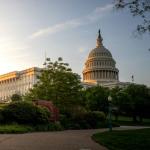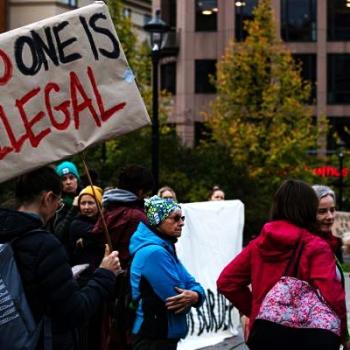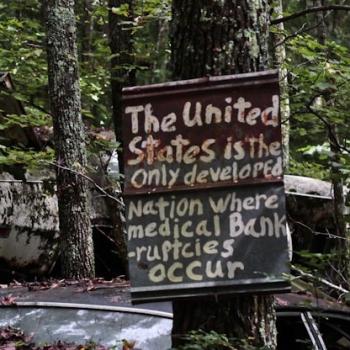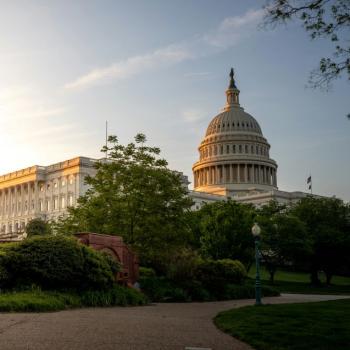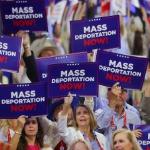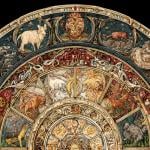Yesterday, I heard that President Trump supports his idol President Putin rather than President Zelensky and the people of Ukraine in discussions about the Russia-Ukraine War. Trump said that Zelensky initiated this conflict. I am certain, therefore, that Trump is unaware of the negative impact that the Russian Empire, USSR, and now Russia have had on Ukraine, especially in the 20th Century. I think Russia has caused Ukraine enough pain.
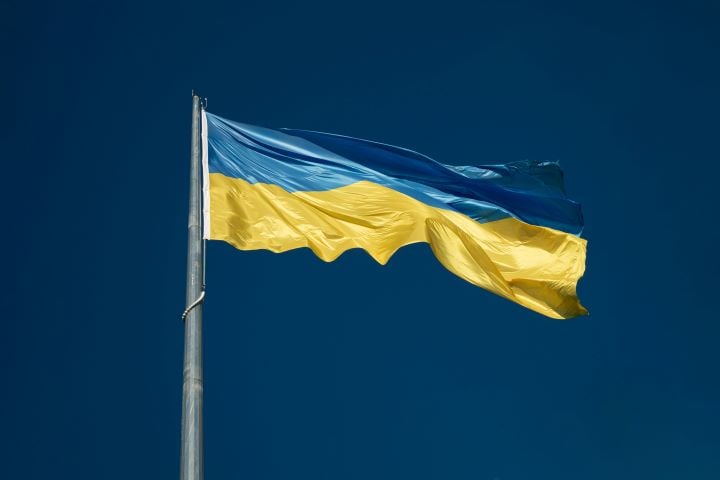
Historic Occupation of Ukraine
In the 11th century, Kyiv was Eastern Europe‘s cultural and political center. The Mongols, the Poles, and the Crimean Khanate occupied Ukraine between the 11th and 15th centuries.
Domination by Russia
In the 17th century, Cossacks rose against Polish rule and established the Hetmanate. Later that century, the Hetmanate became a Russian vassal state. Poland and Russia partitioned the Hetmanate. While Russia fought Poland and Sweden during the Great Northern War of the 18th century, an uprising in Ukraine attempted to free the eastern Hetmanate from Russia. In response, Russia abolished the eastern Hetmanate, created Russian governance, and then annexed the region later.
In the late 18th century,the Russian Empire later absorbed much of Ukraine while Poland ruled over the rest. In the nineteenth century, Ukraine had a national cultural awakening. Russia banned the use of the Ukrainian language in Ukraine.
Russian Dominance in Ukraine in the Twentieth Century
The Russian Empire dissolved in civil war between 1917 and 1922. The outcome was the Soviet Union. Vladimir Lenin, a revolutionary and leader of the Bolsheviks, was the first head of Soviet Russia and the Soviet Union. Josef Stalin followed.
Not only did the USSR try to wipe out Ukrainians, the Soviet Union also tried to make the Ukrainian Greek Catholic Church disappear.
The Holodomor
After the Second World War, Ukraine became the Ukraine Soviet Socialist Republic, a part of the Soviet Union. Stalin instituted collectivization, combining peasants’ lands and livestock into larger farms. Some Ukrainian farmers killed their animals rather than turn them over. The Soviets executed tens of thousands of families and sent 100,000 people to Siberia.
Ukraine was one of the largest grain-producing regions of the Union of Soviet Socialist Republics. Josef Stalin ordered high grain quotas from Ukraine in the 1930s relative to other grain-growing areas. The USSR then experienced famine in its grain-producing regions. Whether Stalin planned to starve Ukrainians from the beginning or did not help them once the famine began, 3.9 Ukrainians died between 1932-1933, This event is named the Holodomor or “killing by starvation.”
Stalin did not like Ukrainians who resisted his plans and had pride in their own heritage. Russia replaced Ukrainisation with Russification, ridding the country of 75 percent of the cultural elite by death or imprisonment.
The Second World War
When the Nazis occupied Ukraine in 1941, many Ukrainians hoped that the Nazis would defeat Russia. The Nazis considered Slavs to be an inferior race and sent one-quarter million Ukrainians to work in German labor camps. One of the worst assaults on Jews during World War II occurred when the Nazis and Ukrainian police murdered 34,000 Jews in a ravine near Kiev. Ukrainian Catholics made efforts to protect Jews. In his book, The Catholic Martyrs of the Twentieth Century, Robert Royal includes this quote from the son of Lviv’s chief rabbi.
This labor of saving Jews was possible only because of the cooperation of a small army of monks and nuns together with some priests. They gathered the Jews into their monasteries and convents, orphanages and hospitals, shared their bread with the fugitives, and acted as escorts with total disregard of the danger . . . . For two long years no outsider even knew about the Jews who were hidden in each and every cloister, and even in the Metropolitan’s private residence. (p. 75)
Ukraine was in ruins after the Nazi invasion. Ukraine lost between 5 million and 7 million people, amongn them 1 million Jews.
Post World War II
The Russian Orthodox Church in Ukraine worked with Soviet leaders, while the Ukrainian Greek Catholic Church resisted. The Soviets moved to liquidate the Greek Catholic Church and ordered these Catholics to move to the Orthodox Church. (The Ukrainian Greek Catholic Church is called a “uniate” church because it is in union with the Roman Catholic pope.)
Frome 1946 to 1949, the Ukrainian Catholic Church, which started with 4 dioceses, 8 bishops, 2772 parishes, 4119 churches and chapels, 142 monasteries and convents, 2628 diocesan priests, 164 monks, 773 nuns, 229 seminarians, and over 4,000,000 lay people was simply abolished, if sometimes to an underground existence waiting for better times. Many of the religious institutions were dispersed or “liquidated.” Bishops, priests, and lay people ended up in prison camps, dead from overwork, or exiled. (Robert Royal, p. 69)
Many Ukrainian Greek Catholics were martyrs for their faith.
After Stalin passed away in 1953, a process known as deStalinization occurred which gave more freedom to Soviet states to appreciate their unique histories. In 1954, the Russian Soviet Federative Socialist Republic transferred Crimea to Ukraine.
In 1986, a reactor located at the Chernobyl Nuclear Power Plant in northern Ukraine exploded. People close to the plant and involved in the cleanup likely were likely afflicted with acute radiation syndrome. Childhood thyroid cancer also rose in this area.
The Fall of the Soviet Union
Preceded by loosening of the USSR’s most restrictive policies, in 1991, the Supreme Soviet of Ukraine became Ukraine. The country held presidential elections. They were free of outside dominance for 23 years. In 2014, Russia annexed Crimea and then in 2022, they launched a full-scale invasion of Ukraine.
Russia and Ukraine Today
President Vladimir Putin has been in power since 1998. His government is authoritarian and oligarchical. Putin has controlled the media and his foreign relations resemble those of the USSR.
We have witnessed repression under Putin. Russian dissident Alexei Navalny died a year ago in Russian custody in a Russian Artic penal colony. We followed basketball star Brittney Griner’s experience. Griner received a nine-year sentence in Russia. Luckily, she was released after 10 months in a prisoner exchange.
I do not trust that Russia would treat the people of Ukraine well. While these citizens are likely among the most resilient people on the planet after all they have gone through, I believe that Russia has caused Ukraine enough pain. The United States cannot sanction more oppression.


